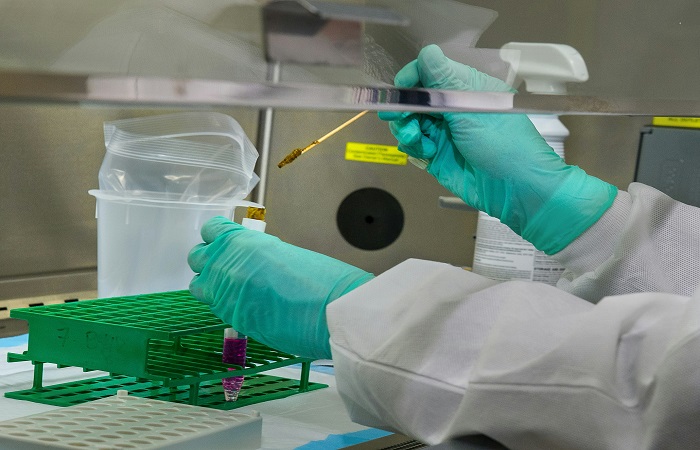Liposomes have emerged as a promising tool in the field of drug delivery, offering a means to encapsulate therapeutic agents and target their release to specific sites within the body. This approach, known as liposome localization, leverages the unique properties of liposomes to enhance the efficacy and reduce the side effects of various treatments. In this article, we will delve into the concept of liposome localization, exploring how it works, its benefits, and its vast applications in modern medicine.
What is Liposome Localization?
At its core, liposome localization is the strategic use of liposomes to deliver drugs directly to the site of action, rather than relying on systemic distribution. Liposome is tiny, spherical vesicle composed of a phospholipid bilayer, capable of encapsulating both hydrophilic and lipophilic drugs. By tailoring the composition and properties of these vesicles, researchers can engineer liposomes that selectively accumulate within target tissues or cells, minimizing uptake by non-target organs.
How Does Liposome Localization Work?
The process of liposome localization is multifaceted, involving several key mechanisms that contribute to the targeted delivery of encapsulated drugs.
- Active Targeting: Liposomes can be surface-modified with targeting ligands, such as antibodies, peptides, or small molecules, that bind to specific receptors overexpressed on the target cells. This active targeting enables the liposomes to selectively recognize and interact with the desired cells, enhancing their uptake via receptor-mediated endocytosis.
- EPR Effect: The enhanced permeability and retention (EPR) effect is a phenomenon observed in solid tumors, where the aberrant tumor vasculature and lack of lymphatic drainage lead to the selective accumulation of nanosized particles, including liposomes. By passively targeting the EPR effect, liposomes can deliver drugs directly to the tumor site, reducing systemic toxicity.
- Stimuli-Responsiveness: Liposomes can be engineered to respond to specific stimuli present at the target site, such as changes in pH, temperature, or the presence of certain enzymes. Upon exposure to these stimuli, the liposomes undergo a structural change, triggering the release of the encapsulated drug.
Benefits of Liposome Localization
The targeted nature of liposome localization confers several benefits that enhance the therapeutic outcome of various treatments.
- Improved Efficacy: By delivering drugs directly to the site of action, liposome localization can increase the concentration of the therapeutic agent at the target site, leading to improved treatment outcomes. This targeted approach minimizes the dilution of the drug that occurs with systemic administration.
- Reduced Systemic Toxicity: Liposome localization reduces the exposure of non-target organs to the encapsulated drug, minimizing the side effects associated with systemic chemotherapy. This is particularly beneficial for cytotoxic agents, where limiting healthy tissue exposure is paramount.
- Enhanced Patient Compliance: The ability to deliver drugs in a targeted manner can reduce the frequency and dose of administration, enhancing patient comfort and compliance with the treatment regimen.
Applications of Liposome Localization
The applications of liposome localization are vast and continually expanding, with major implications for the treatment of various diseases.
- Cancer Therapy: Liposome localization has shown immense promise in cancer therapy, where the targeted delivery of cytotoxic drugs can enhance treatment outcomes while minimizing systemic toxicity. Approaches such as actively targeting cancer cells, passively targeting the EPR effect, and stimuli-responsive delivery are being explored.
- Infectious Diseases: Liposomes can be used to deliver antimicrobial agents directly to the site of infection, enhancing the treatment of diseases such as tuberculosis and fungal infections. The targeted delivery of vaccines is also being investigated as a means to enhance the immune response.
- Rare Genetic Disorders: For rare genetic disorders where the deficient enzyme is localized to specific cells or tissues, liposome localization offers a means to deliver the therapeutic enzyme directly to the site of action, maximizing its uptake and efficacy.
Conclusion
As we continue to advance our understanding of liposome localization and refine our ability to engineer these vesicles, the potential applications of liposome drug delivery will only continue to grow. From cancer therapy to infectious diseases, the targeted nature of liposome localization positions it as a powerful tool in the arsenal of modern medicine, offering a means to enhance treatment outcomes while minimizing side effects.

